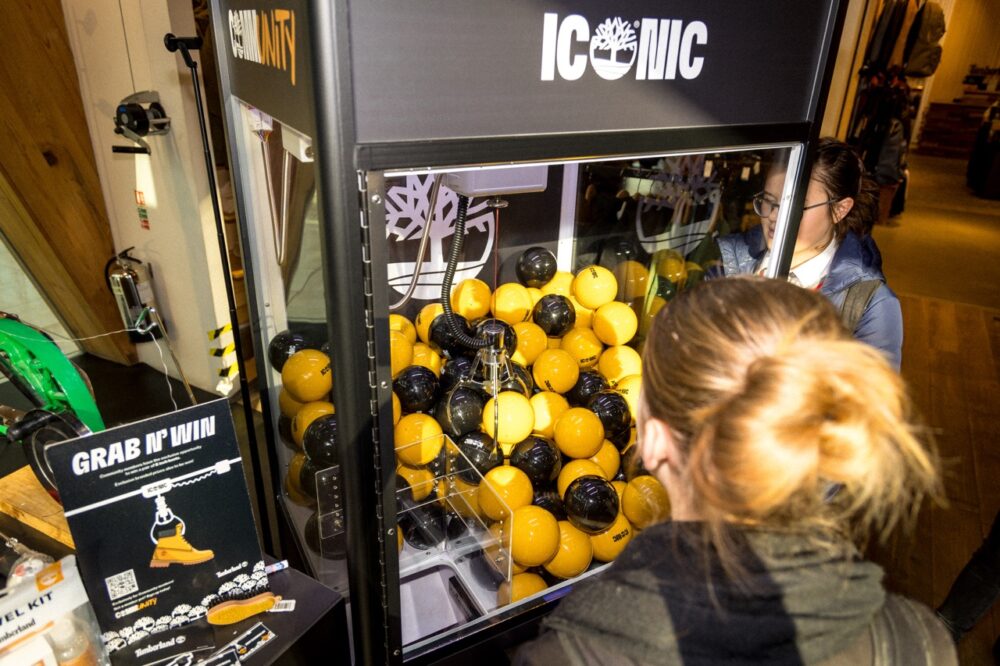With over 25 years’ experience in retail and experiential events, I’ve seen the evolution of retail. How people shop has changed over the years, with a particular shift following Covid. Years ago, many people would see going shopping as a day out, a main event at the weekend. But with the growth of ecommerce, this is becoming a behaviour of the past. There are less reasons to go into shops, as a result, the high street is an everchanging landscape.
Retailers need to rethink and adapt to stay in the game. They need to give a reason for people to come into their space. Passing trade is less of a thing. That’s where experiential events come into play.

For a truly omni-channel campaign, in real life experiences (IRL) shouldn’t be discounted. They’re crucial. So much can be gained from creating opportunities to interact with your customers IRL. It gives retail brands a chance to interact and learn from their customers. If a brand can create a memorable IRL experience, they’re able to build a much stronger relationship with customers. Experiential events enable brands to get sign-up to their membership schemes – resulting in that all-important data to learn and analyse customer shopping habits and behaviours. Retail brands need to work harder than ever to cut through the noise, so learning more about their customers is key.

IRL experiences create the opportunity to engage in an authentic way. Heritage retail brands in particular are looking at innovative ways to make customers feel lucky to go into that space, making it feel exclusive. The dream for a brand is to have target customers immerse themselves in the product and interact with the brand in a unique way – for example the recent Timberland Iconic launch campaign. The Iconic 6-inch boot was the hero of multiple brand activations where, if you were a member of the Timberland community, you could get exclusive access to branded prizes.

To publicise an event, an omnichannel approach is fundamental – a brand needs to use other channels such as social media and OOH to generate hype. And then in turn, events are key for continuing the omnichannel journey. Because the campaign isn’t over once the event finishes. A brand can continue the experience afterwards by sharing event content online, maintaining the buzz after the event, generating more engagement and brand affiliation.

Retail brands need to work harder to get peoples’ attention. An experiential event is the perfect channel to achieve this. Brands can be unexpected and use guerilla tactics. For example, footwear brand HOKA’s recent ‘Run Stop Corner Shop’ – HOKA took over an ordinary corner shop in East London to promote their latest running shoe. They gave customers ‘HOKENS’ to ‘buy’ their running essentials, from shoes to snacks. An experiential event gives retail brands a chance to be bold and creative.
In a challenging retail landscape where attention is hard-won, experiential events give brands the chance to stand out, engage authentically, and build lasting relationships. I believe customer loyalty is best earned through meaningful connection. By blending creativity, data capture, and community-building, experiential activations don’t just drive footfall—they drive long-term brand affinity.
The retailers that will thrive are those willing to innovate, surprise, and connect across every touchpoint, both online and off.












